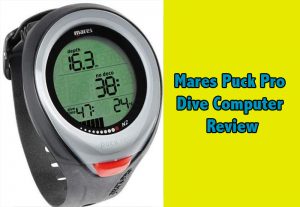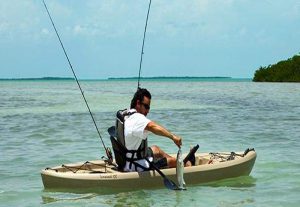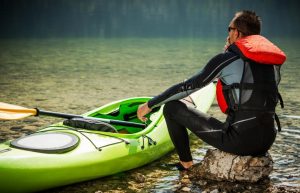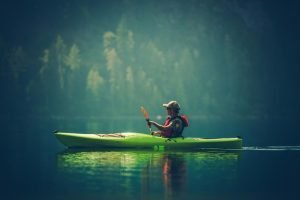Kayaking is a fun and often exciting activity enjoyed by people from many walks of life. However, it is also an activity that can go terrible wrong in an instant. Because of this, it is important to equip yourself with safety gear to help you handle a sudden capsize, no matter the resultant damage to your kayak or yourself.
Helmet
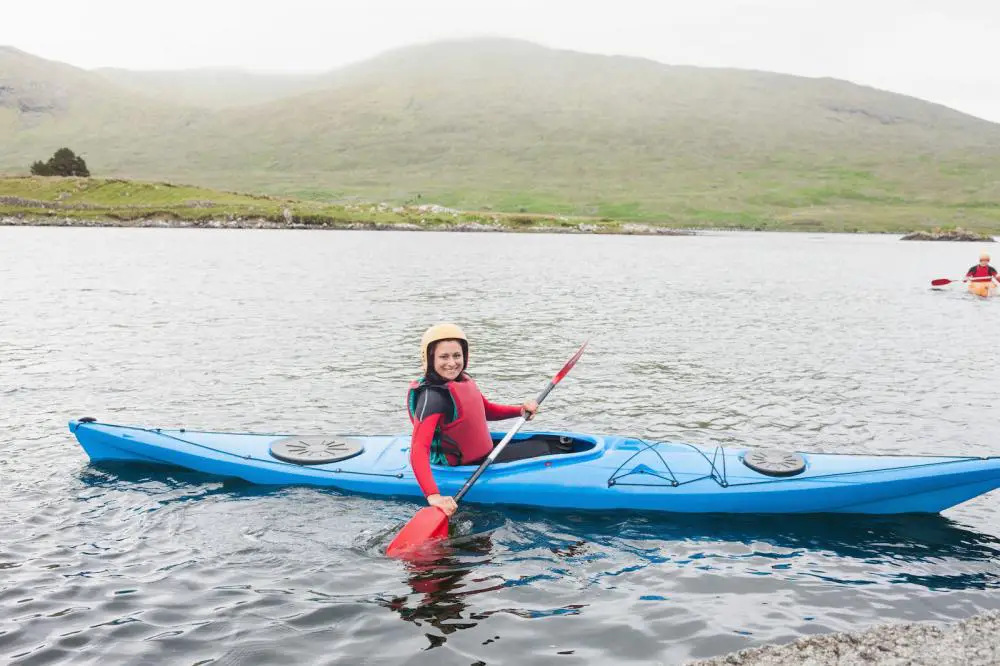
White water and surf kayakers alike can be thrown suddenly from their boat. If thrown into a rocky area, a blow to the head is especially likely. Due to this, a helmet is an essential component of basic safety gear. You should choose a helmet that fits comfortably as you will be wearing it for long periods of time. It is also important the helmet strap fits securely under your chin. A loose strap indicates a loose helmet, which means your head is not properly protected. The reason this is dangerous is a loose strap allows your helmet to shift, something you absolutely do not want to occur during an impact. Additionally, you should choose a helmet with ventilation and drain holes, one that does not block your ability to hear others. Finally, some helmets can include a face mask for extra protection. This type of helmet is typically worn by individuals who enjoy performing white water tricks.
Personal flotation devices
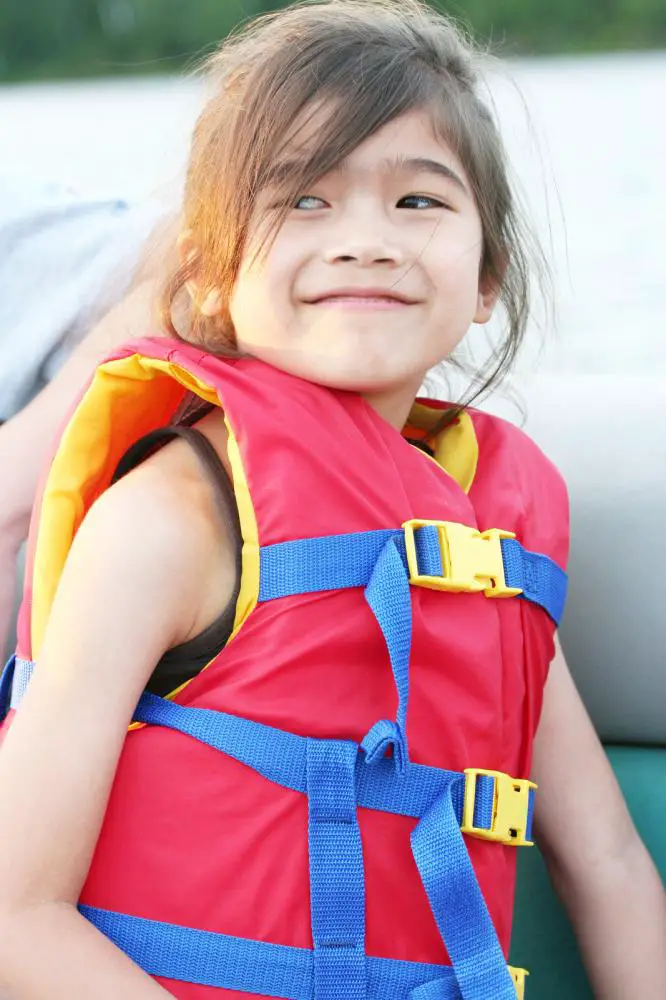
Personal flotation devices (PFDs) are among the most important pieces of safety gear. Following a capsize, for instance, the buoyancy enables you to keep your head above water while you reclaim your paddle and get back to your kayak.
The extra force they provide when reemerging from water also aids in rolling, bracing, and rescues. Another added benefit is that they provide an extra layer of protection and insulation in cold weather. It is extremely important to wear you PFD at all times as you cannot always predict when you might capsize. For instance, during an unexpected increase in rough currents, it does not matter how strong of a swimmer you are, it is exceedingly difficult to put on PFD after a capsizing event. Additionally, if you capsize in cold water, you will experience your breath being sucked out of you, making it impossible to put one on as you attempt to swim.
When choosing a PFD, in addition to making sure it fits properly, you should choose one with pockets. Pockets allow you to hold your cell phone along with survival gear items, such as a signaling mirror or pocket knife. The pockets also allow you to store a bit of food. These items can come in very handy if you are separated from your kayak.
First aid kit
Components of a kit designed for kayaking that differ from typical first aid kits include such things as splints, survival blankets, and twine for a variety or repair situations. This list, of course, is not exhaustive, highlighting the importance of securing a kit that is specific to kayaking.
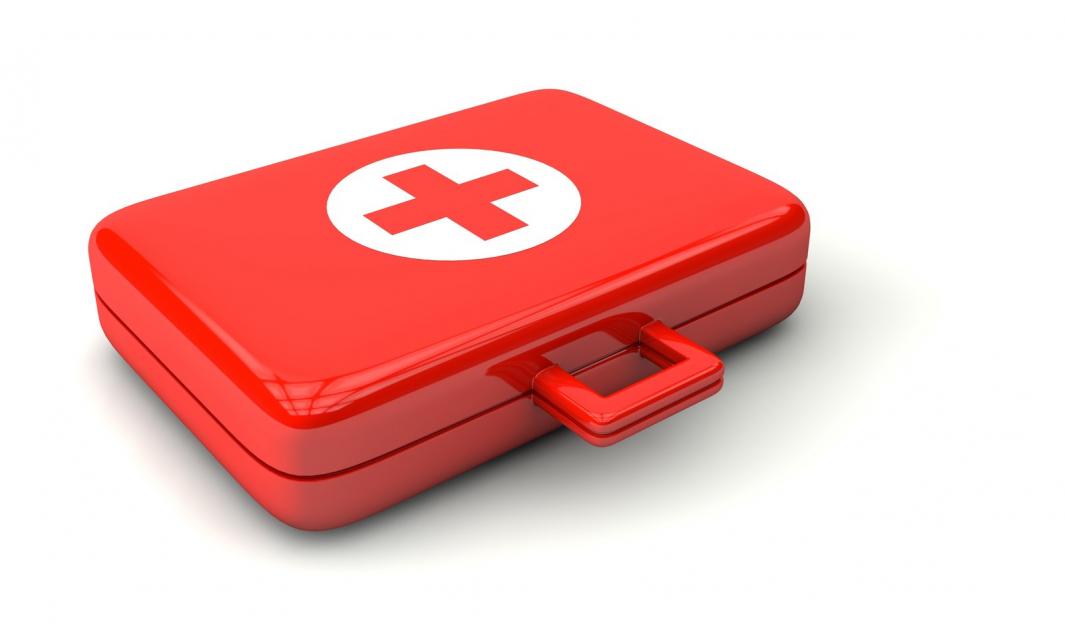
You should store your kit in a waterproof container (bag or box) that is clearly marked. Additionally, it is important to store your kit in a spot that is easy to access as you do not want to be fumbling around trying to find it during an emergency situation. Reviewing the contents of your first aid kit before leaving the shore is an important habit to form. There is nothing worse than experiencing an injury, far away from immediate help, and realizing you do not have the necessary first aid components to address your injury. Finally, depending on the size of your group, you may need to carry more than one first aid kit.
Spray skirt
The accumulation of water in your kayak from spray, rain, and waves is not just annoying, it can make kayaking dangerously unstable. A spray skirt is a waterproof barrier that covers the space between the kayak’s cockpit coaming and your waist that keeps water out even during the most rainy and rough conditions. Basically, kayakers wear what is essentially a tunnel around their torso. The skirt, otherwise known as the deck, is the part that extends from the tunnel to cover the cockpit. Both sections work in conjunction to keep water from entering the kayak.Unless you are venturing out into extremely calm and warm conditions, you should always wear a spray skirt. Even just a small amount of water entering your kayak can soak your clothes, equipment, and food, ultimately ruining what was supposed to be a fun day. Although spray skirts are considered optional in calm, warm conditions, they are an absolutely essential part of your safety gear when enjoying rough rapids, cold conditions, and rainy days.
Bilge pump
Whether you are relatively new to kayaking or highly skilled, you are susceptible to capsizing. In fact, even the most veteran kayakers can capsize due to white water, heavy winds, or even a simple mistake. However, even if you do not capsize, water can still enter your kayak a myriad of ways. A bilge pump is important to have because taking on water possesses a potentially dangerous situation and must be addressed immediately. Extra water can either sink your kayak or make it unstable enough to cause you to capsize. When considering the best bilge pump for your needs, you should look for a one that fits easily and comfortably into the bottom of your cockpit. As most bilge pumps are hand operated, positioning the pump near you makes the job of ridding your kayak of water that much easier.
Kayak repair kit
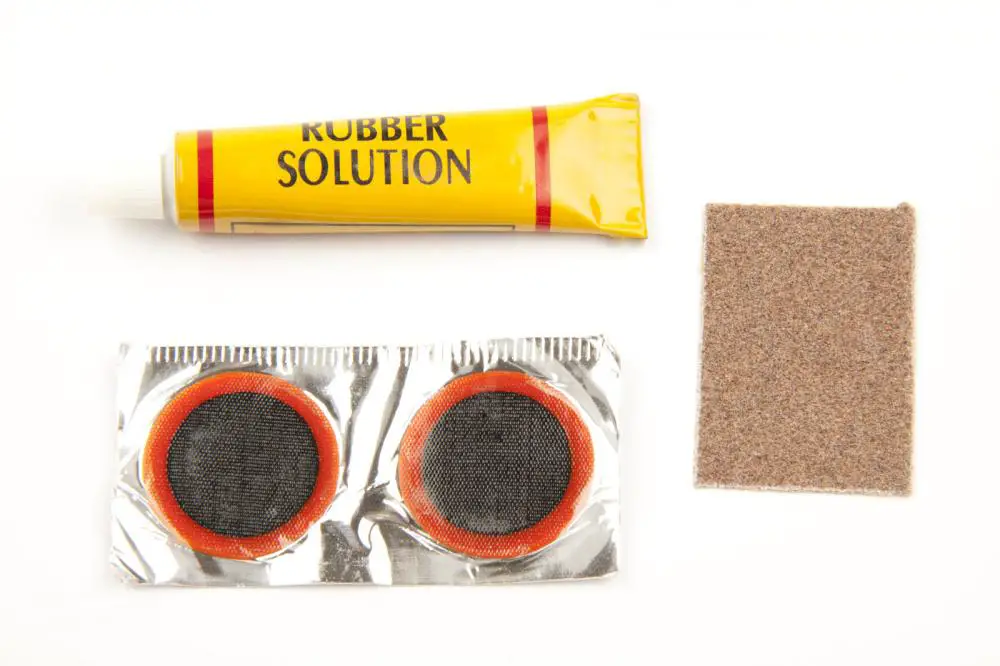
In the unfortunate event that your kayak is damaged, it is important to have a repair kit on board, especially if you are far from any immediate help. In choosing the best repair kit, it is important to note whether your kayak is made from fiberglass or plastic. The material that comprises your kayak determines the type of repair compounds and adhesives you will need.
For instance, if you own a kayak made of plastic (polyethylene), putties and glues will not bond well. In fact, any crack or hole in a plastic kayak will need to be repaired professionally with a poly weld. However, in an emergency situation you can affix weatherproof or extreme-weather duct tape over a crack. This, of course, is a temporary fix, but it should allow you to make it back to shore.Other valuable essentials you will need in your kayak repair kit include wrenches and screwdrivers. A multipurpose tool might also be handy to assist you in such repairs as tightening or replacing deck fittings.
Flotation bags
In the “war” against taking on water, flotation bags are an essential component of basic safety gear because they help to curtail the amount of water a kayak can take on. Flotation bags are air-filled, inflatable pods designed to help keep your kayak floating high in the water in the event of a capsize. They achieve this by preventing water from entering the kayak. A kayak that does not have flotation bags will quickly fill up with water, making it extremely hard to right. They also help to prevent swamping (water flooding your canoe) when in the upright potion.
Flotation bags are mostly used in white-water kayaks as sea-water kayaks typically include bulkheads that trap air at both the bow and stern.

